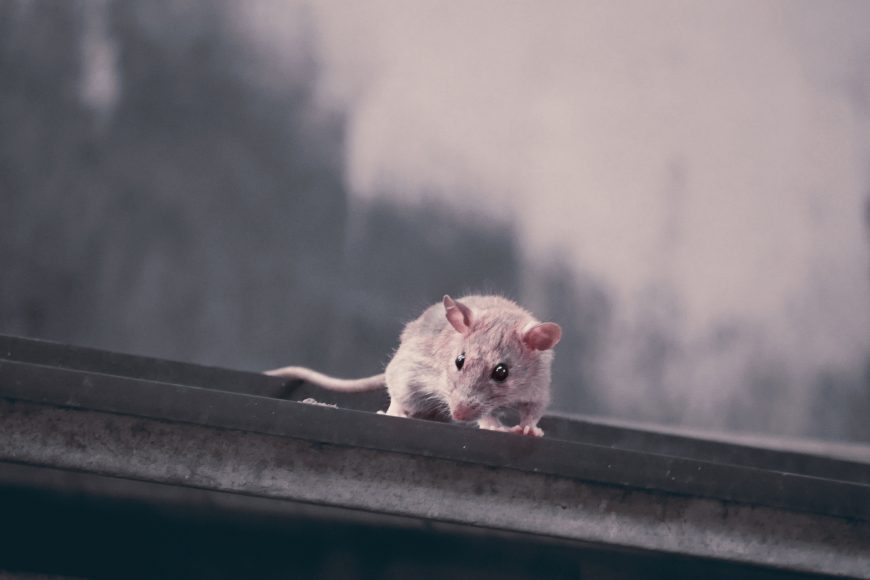If you’ve ever been woken in the night by the sounds of critters scratching and scurrying above you, then you’re aware of how unsettling that can be. But rodents in your attic and roof do more than just keep you awake at night. They can also be the cause of significant damage to your house, as well as being hazardous to your family’s health once they’re inside. Awareness is key when it comes to preventing and removing roof rats from your home and property.
What are Roof Rats?
Roof rats are black, dark brown, or sometimes gray, rats that measure between 13” and 18” long (including the tail). They are thin with smooth fur, a pointed muzzle, big eyes, and hairless ears.
Populations of roof rats have grown significantly over the past few years in Texas and, although they are typically found outside, they get their name from the fact that they like to enter into buildings from above. The fact that roof rats can do damage to your property is just one reason that you don’t want them in your home. They can also carry germs that can contaminate your food and spread diseases to your family.
Signs Roof Rats are in Your Attic
- Noise: The first sign of roof rats in your home is often the noises these nocturnal creatures make in the quiet of the night. Scurrying, squeaking, and gnawing can often be heard above while residents of the home are trying to sleep.
- Droppings and Nests: Roof rats may also leave physical evidence of their presence in the home, such as droppings, dried urine stains, or the makings of a nest. Rat nests may be made from shredded paper, twigs, insulation, leaves, or other materials that might provide a cushiony home for rodents.
- Damage: Signs of damage to your home by roof rats may include gnawing through insulation, walls, pipes, upholstery, door frames, and other critical parts of the your home. The risk of fire is increased when these pests start chewing through wiring. Roof rats can also burrow to create tunnels, possibly weakening the foundational structure of your house and requiring costly repairs.
Read More: How to Keep Squirrels Out of Your Attic
How to Prevent Roof Rats from Entering Your Home
Prevention of roof rats is a critical step to avoiding an infestation.
- Good Landscaping: Because roof rats tend to dwell outside in piles of leaves, dense vegetation, wood stacks, and among trees, good landscaping is an important factor in keeping roof rats away from your property.
- Trim Shrubbery: Keep trees and shrubs trimmed, vegetation cut back, and debris cleaned up. Because like to be high in the air, tree branches should be trimmed back away from the house to keep roof rats from using these as an entry point.
- Secure Home: The outside of your home should also be secured to keep rodents out. Roof tiles or shingles should be inspected regularly to make sure they are secure—especially following storms with high winds.
- Repair Holes: Holes, cracks, crevasses, and gaps that are any larger than a nickel can be an invitation for roof rats and should filled or repaired immediately. Vents, chimneys, and other entrances should be kept secure with wire mesh.
See Also: Get Rid of Rats!
How to Remove Roof Rats from Your Attic
If you find that you have a roof rat infestation in your attic, removing them can be very complicated. This involves the use of traps and bait, but even this can be a challenge as the rats can be smart enough to avoid certain traps. And once the rats are caught, disposal can be another problem.
Ultimately, the best and most convenient form of removal and disposal is through the use of a professional rodent control company. Not only will a pest control professional help you get rid of roof rats, but they’ll help keep the hazardous droppings from becoming a health problem for your family. And they’ll advise you on how to keep your home free of roof rat problems in the future. For the best rodent control in Houston, contact Cypress Creek for professional and efficient pest control for your home, neighborhood, or commercial property.



